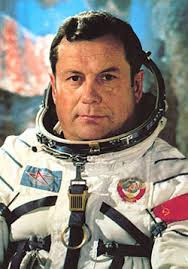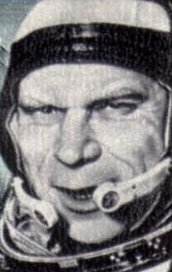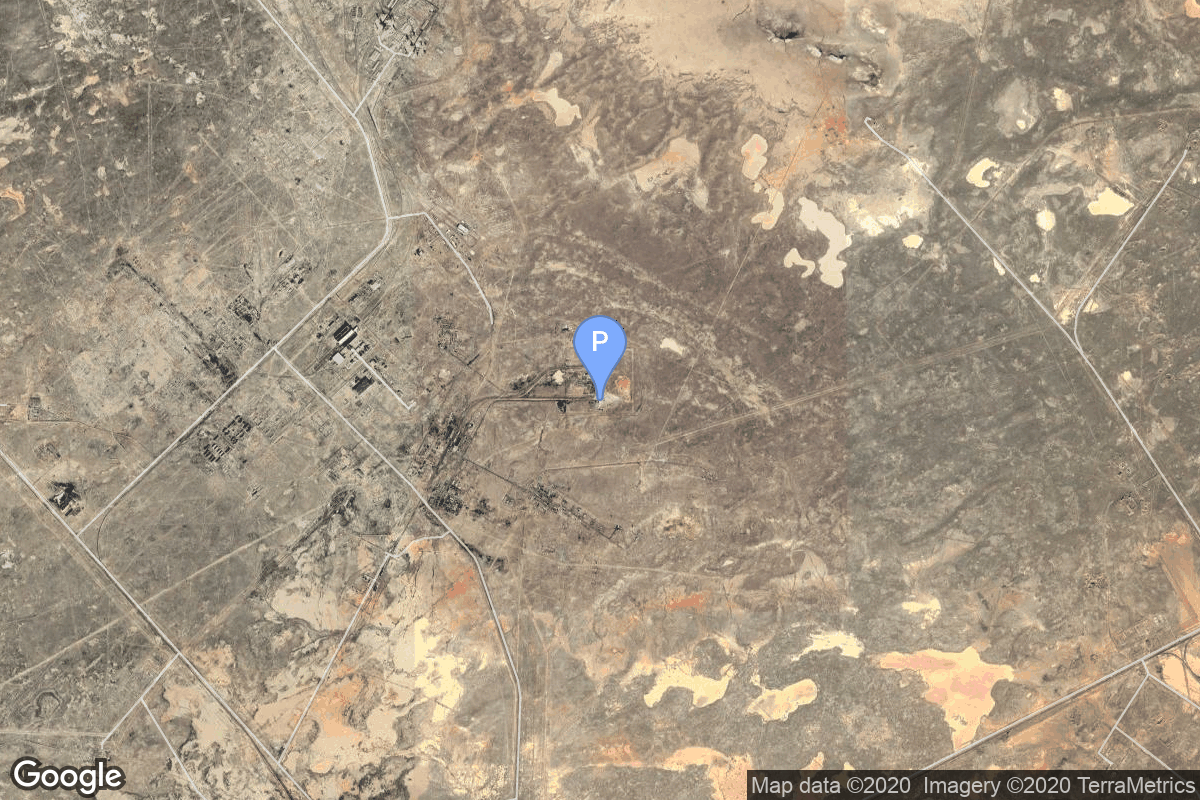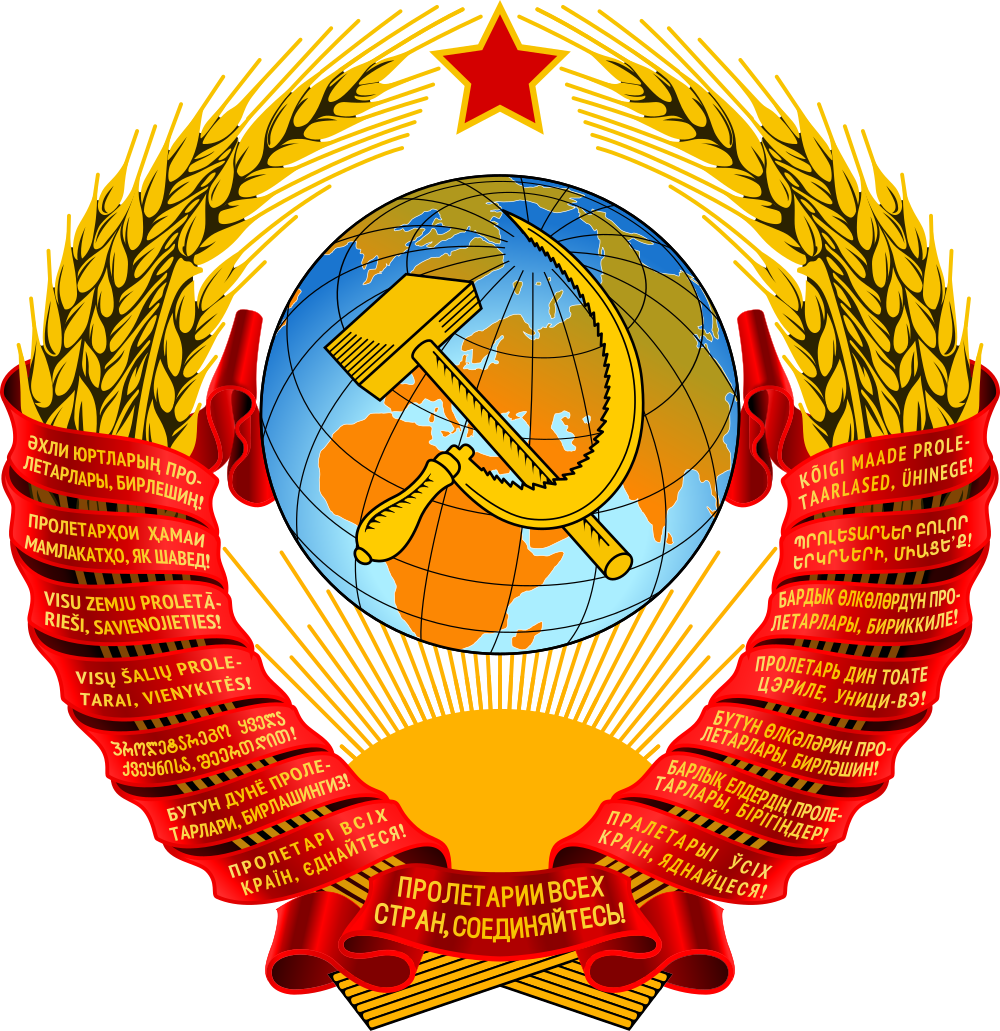Soyuz 14
Soyuz
Soviet Space Program
Crew

Pavel Popovich
- Birthday: 10/05/1930
- Role: Commander
- Nationality: Ukrainian
- First Flight: 08/12/1962
- Last Flight: 07/03/1974
Pavel Romanovich Popovich (October 5, 1930 – September 29, 2009) was a Soviet cosmonaut.
He was the fourth cosmonaut in space, the sixth person in orbit, and the eighth person in space.

Yury Artyukhin
- Birthday: 06/22/1930
- Role: Flight Engineer
- Nationality: Russian
- First Flight: 07/03/1974
- Last Flight: 07/03/1974
Yury Petrovich Artyukhin (Russian: Ю́рий Петро́вич Артю́хин; June 22, 1930 – August 4, 1998) was a Soviet Russian cosmonaut and engineer who made a single flight into space.
Artyukhin graduated from the Soviet Air Force Institute with a doctorate in engineering, specializing in military communication systems. He was selected for the space programme in 1963 and would have flown on the Voskhod 3 mission had it not been canceled. He made his single flight on Soyuz 14 in 1974, where his area of expertise was presumably put to good use.
He left the space programme in 1982 and held various positions in space-related fields. Most notably, he was involved in the development of the Soviet space shuttle Buran and in cosmonaut training.
Mission
Soyuz 14
- Type: Human Exploration
- Orbit: Low Earth Orbit
Soyuz 14 was the first crewed mission to the Salyut 3 space station. The mission launched on July 3, 1974, 18:51:08 UTC, carrying commander Pavel Popovich and flight engineer Yuri Artykhin to orbit. During their 15-day stay on the station, crew performed experiments involving medical studies and military reconnaissance activities.
Soyuz 14 returned to Earth, landing on July 19, 1974, 12:21:36 UTC.
Location
Rocket
Russian Federal Space Agency (ROSCOSMOS) Soyuz
Agency
Soviet Space Program
The Soviet space program, was the national space program of the Union of Soviet Socialist Republics (USSR) actived from 1930s until disintegration of the Soviet Union in 1991.
The Soviet Union’s space program was mainly based on the cosmonautic exploration of space and the development of the expandable launch vehicles, which had been split between many design bureaus competing against each other. Over its 60-years of history, the Russian program was responsible for a number of pioneering feats and accomplishments in the human space flight, including the first intercontinental ballistic missile (R-7), first satellite (Sputnik 1), first animal in Earth orbit (the dog Laika on Sputnik 2), first human in space and Earth orbit (cosmonaut Yuri Gagarin on Vostok 1), first woman in space and Earth orbit (cosmonaut Valentina Tereshkova on Vostok 6), first spacewalk (cosmonaut Alexei Leonov on Voskhod 2), first Moon impact (Luna 2), first image of the far side of the Moon (Luna 3) and unmanned lunar soft landing (Luna 9), first space rover (Lunokhod 1), first sample of lunar soil automatically extracted and brought to Earth (Luna 16), and first space station (Salyut 1). Further notable records included the first interplanetary probes: Venera 1 and Mars 1 to fly by Venus and Mars, respectively, Venera 3 and Mars 2 to impact the respective planet surface, and Venera 7 and Mars 3 to make soft landings on these planets.

